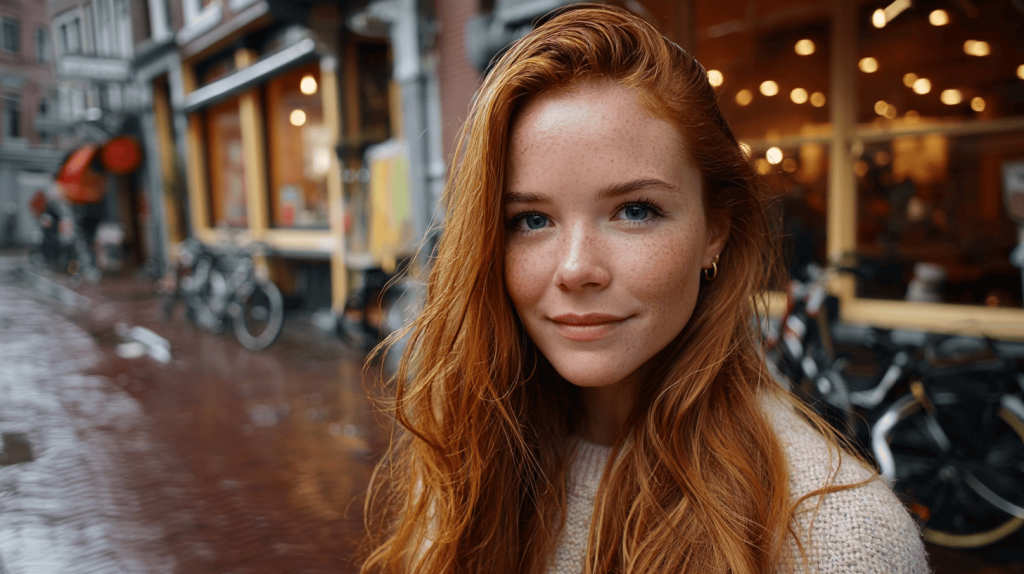What is the rarest hair color on Earth? Some hair colors are so uncommon that only a tiny number of people have them naturally. These special shades are like genetic treasures that make people stand out in a crowd.
Understanding what makes these colors so rare requires examining science, genetics, and geography.
If you’re curious about your own unique hair color or just love learning about human diversity, learning about the world’s rarest hair colors will open your eyes to the incredible variety nature creates.
Get ready to learn about these rare and beautiful hair shades that make some people truly special!
Understanding the Genetics Behind Hair Color
Hair color comes from special pigments called melanin that live inside each strand of hair. There are two main types of melanin that work together like paint colors.
Eumelanin creates brown and black shades, while pheomelanin makes red and yellow tones. The amount and mix of these pigments determine if someone has blonde, brown, black, or red hair.
Your genes act like instructions that tell your body how much of each melanin type to make.
The MC1R gene is especially important for rare hair colors. When this gene changes or mutates, it can result in unusual hair colors that are found in only a few people worldwide.
What is the Rarest Hair Color?
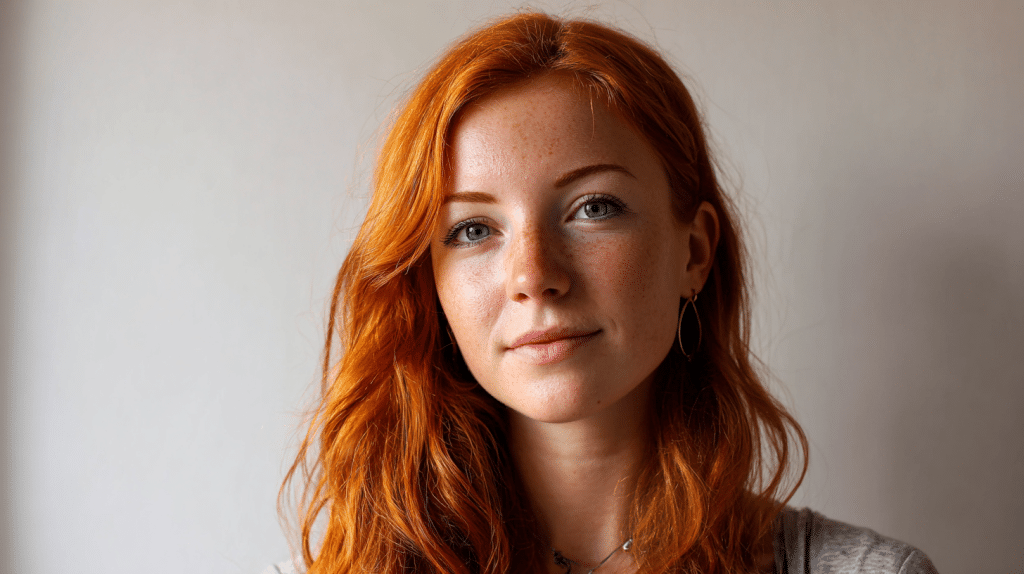
Red hair is the rarest natural hair color in the world, occurring in only 1-2% of the global population. This means that out of every 100 people you meet, maybe one or two will have red hair.
Most redheads live in Scotland, Ireland, and other parts of Northern Europe, where the gene is more common. Red hair happens when both parents pass down a special changed gene called a mutation.
This gene mutation affects how the body makes hair pigment.
Scientists believe that red hair became rare because people with this trait tended to live in areas with less sunlight, and the gene didn’t spread widely to other parts of the world.
Some Other Uncommon Hair Colors You Should Know About
While red hair takes the title as the rarest, several other hair colors are also uncommon and special. Here’s a look at some interesting hair colors you might not know much about.
| HAIR COLOR | HOW RARE IS IT? | INTERESTING FACTS |
|---|---|---|
| Platinum Blonde | Less than 2% of the global population | Naturally found mostly in Northern Europe, it is often mistaken for dyed hair. |
| Natural Gray/White | Uncommon in youth, common with age | It can appear early due to genetics or vitamin deficiencies. |
| Black Hair | Most common globally (~75–85%) | Rare in some regions, such as Northern and Eastern Europe. |
These uncommon hair colors show how genetics creates a beautiful variety in human appearance. Each rare color tells a story about family history and the origins of one’s ancestors.
What’s the Most Popular Hair Color Around the World?
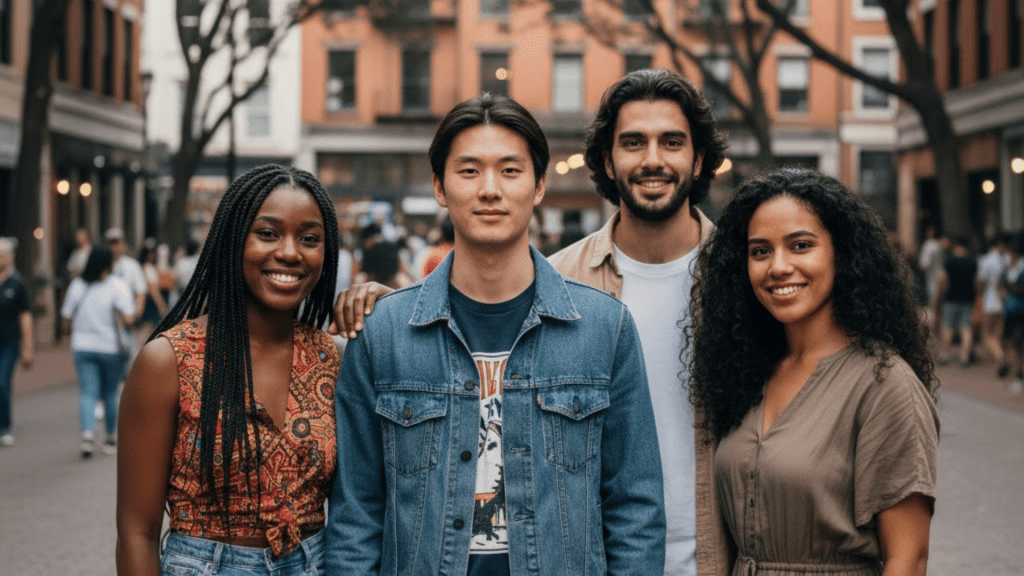
Black hair is by far the most popular and common hair color around the world. Most people in Asia, Africa, South America, and parts of Europe have naturally black hair.
This color is so widespread because black hair contains a high amount of eumelanin, the dark pigment that protects hair and skin from harmful sun rays.
People whose ancestors lived in sunny places developed more melanin over thousands of years. Brown hair comes in second place globally, especially in Europe and North America.
Blonde hair is relatively rare, found mostly in Northern Europe, while red hair remains the rarest. The popularity of black hair reveals how our bodies have adapted to various climates throughout history.
What’s the Rarest Hair and Eye Color Combination?
Some hair and eye color combinations are so rare that they’re like winning the genetic lottery. When two uncommon traits come together, the results are truly special and eye-catching.
1. Red Hair and Blue Eyes
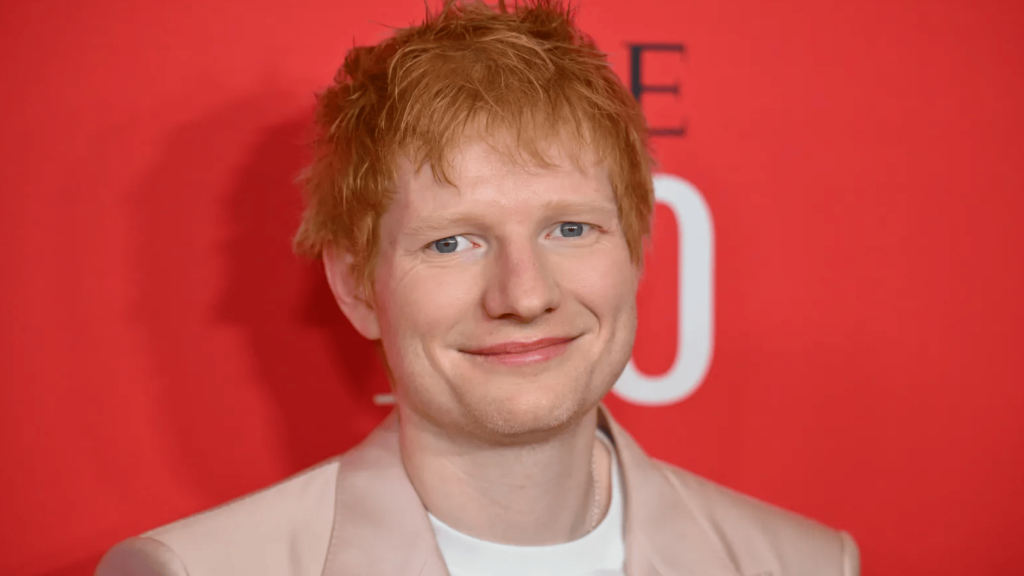
Red hair with blue eyes is the world’s rarest combination, found in fewer than 0.17% of the global population. This means fewer than 2 out of every 1,000 people have this pairing.
The combination is so rare because both traits need specific gene mutations to happen together. Most redheads actually have brown or green eyes, making blue-eyed redheads extremely special and unique.
2. Red Hair and Green Eyes
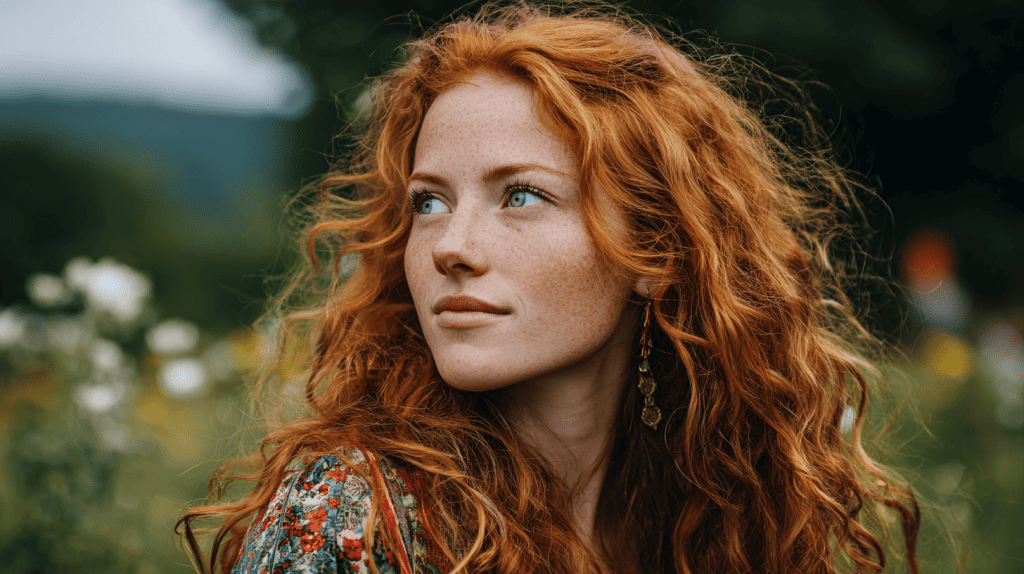
Red hair paired with green eyes creates a striking and magical look that’s also very uncommon. This combination is slightly more common than red hair with blue eyes, but still incredibly rare worldwide.
You’ll find this pairing most often in Ireland and Scotland, where both red hair and green eyes are more frequent. The warm red tones and cool green eyes create a beautiful contrast.
3. Blonde Hair and Green Eyes
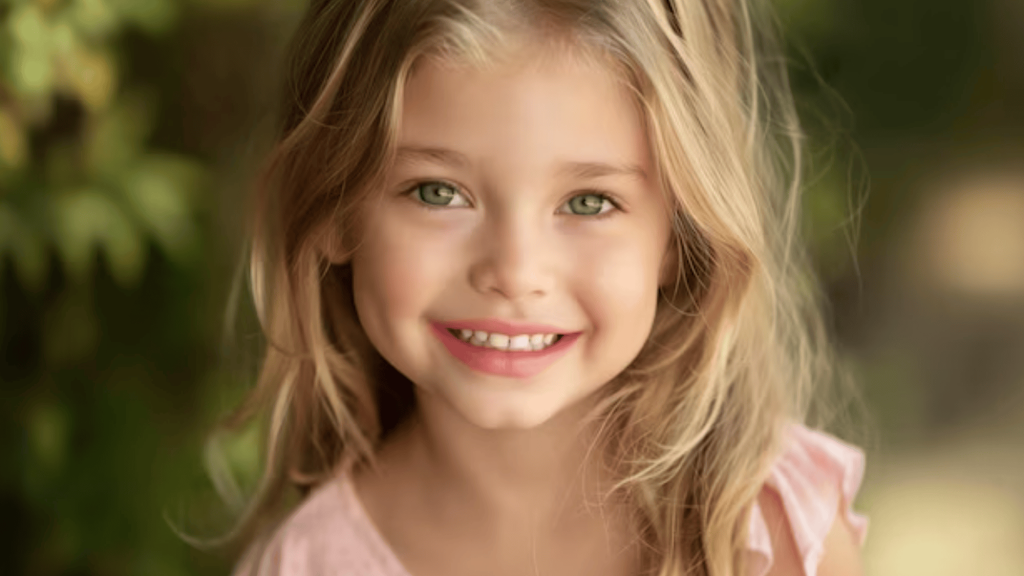
Blonde hair and green eyes make another rare and captivating combination that turns heads everywhere. Green eyes are already uncommon, appearing in only about 2% of people worldwide.
When combined with natural blonde hair, this creates an almost fairy-tale appearance. This pairing is most often seen in people with Northern or Eastern European backgrounds, particularly in countries like Ireland and Russia.
4. Black Hair and Blue Eyes
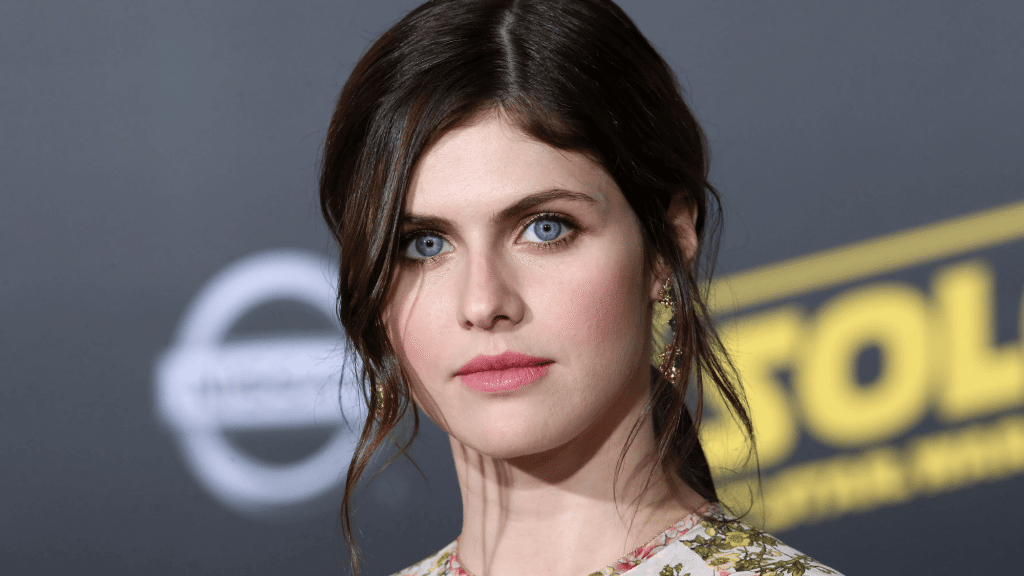
This striking combination is rare due to how genetics work. Black hair is a dominant trait, while blue eyes are recessive – meaning both parents must carry the gene for blue eyes to pass it on.
It’s most commonly seen in people of mixed European ancestry and creates a bold contrast that’s often admired. Though not as rare as red hair and blue eyes, this combo is still quite uncommon globally.
5. Red Hair and Hazel Eyes
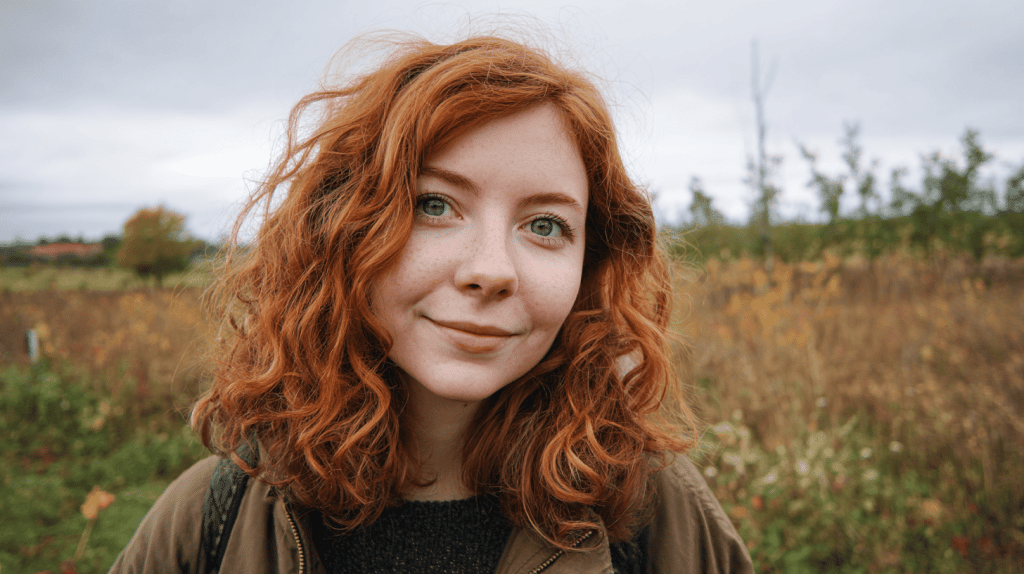
Hazel eyes are slightly more common than blue or green, making this combination a little less rare than other red-haired pairings – but still far from typical.
Hazel eyes contain a mix of green, brown, and gold tones, which beautifully complement the warm tones of natural red hair. This duo creates an earthy, unique appearance that stands out in any crowd.
6. Light Brown Hair and Amber Eyes
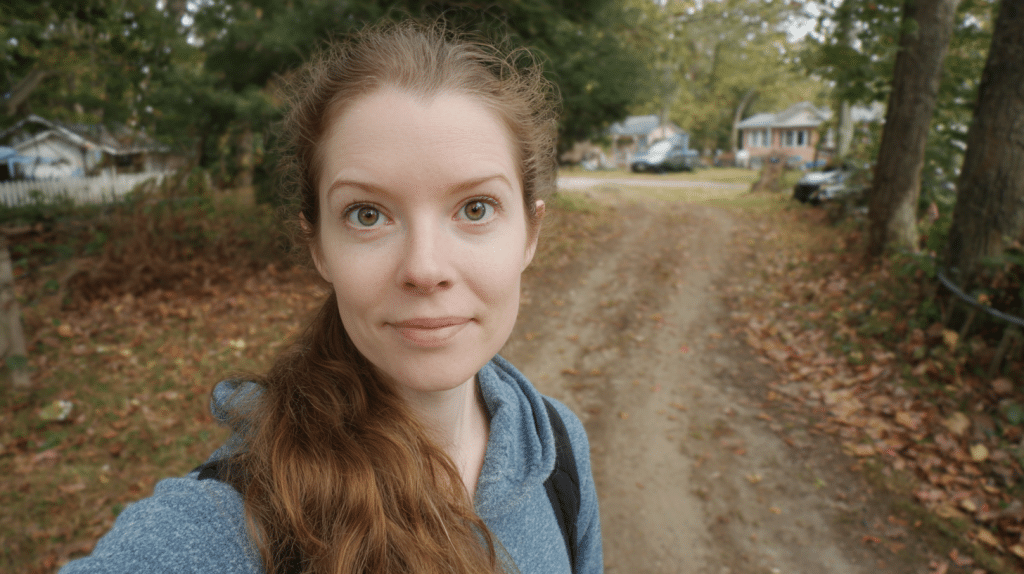
This beautiful pairing creates a warm, sun-kissed look that feels both natural and rare. Amber eyes are one of the least common eye colors in the world.
They have a golden, coppery glow that is often mistaken for hazel but is truly unique. When matched with light brown hair, the result is a radiant and earthy appearance that stands out without being too bold.
Some Hair Color Fun Facts You Didn’t Know
Hair color holds many surprising secrets that most people never learn about. These interesting facts will change how you think about the hair colors around you.
- Some people have genetic mosaicism, which creates natural patches of different hair colors in certain spots.
- Platinum blonde hair is like a natural bleach effect caused by extremely low pigment levels.
- Hair turns gray or white with age because the body slowly stops making color pigments.
- Rarity depends on location; what’s rare in one country might be common in another.
- Some hair changes color naturally over time or with seasons, showing that hair color isn’t always fixed.
These fun facts show that hair color is much more interesting and complex than it first appears. There’s always something new to learn about the variety of human hair!
Final Thoughts
Now you know the answer to what the rarest hair color is. You also understand how genetics contributes to the development of these special traits. Each person with uncommon hair color is truly one in a million.
This illustrates the remarkable diversity of humans. These rare shades remind us that nature creates beautiful variety in unexpected ways.
The science behind hair pigments and gene mutations is interesting. It helps explain why certain colors appear so rarely around the world.
What’s your hair color story? Share in the comments below if you or someone you know has one of these rare and beautiful hair colors that make them stand out!

